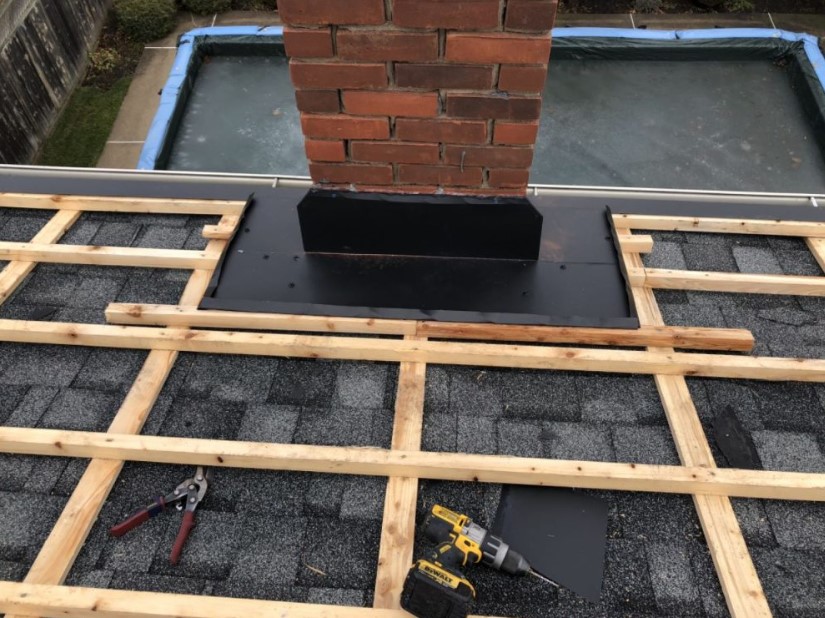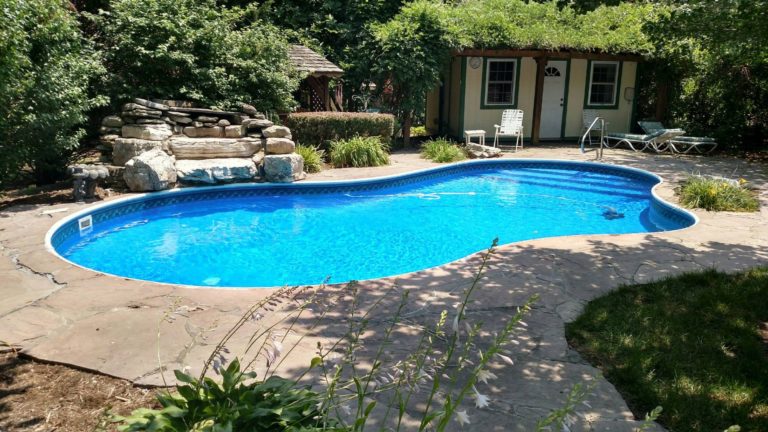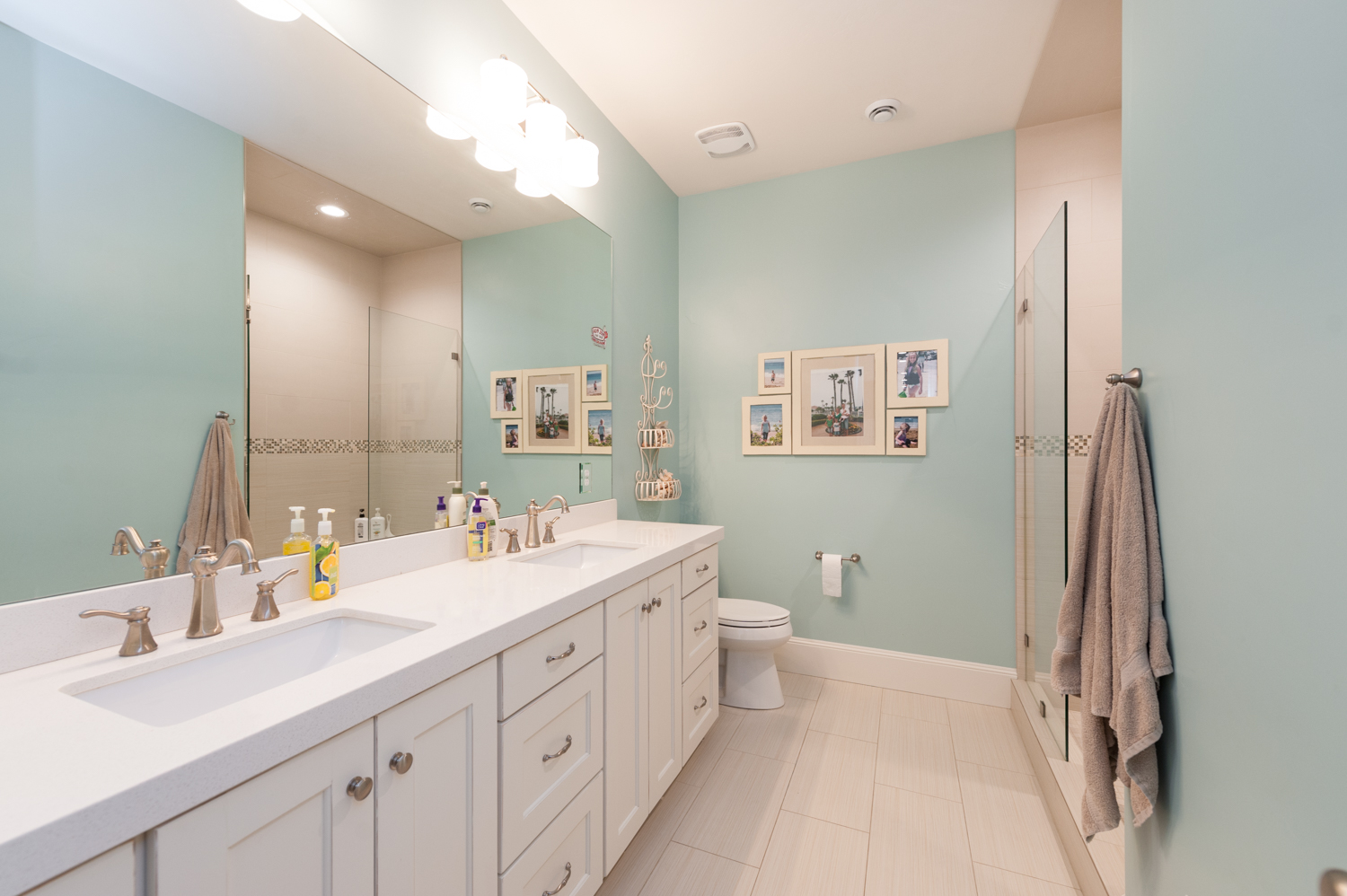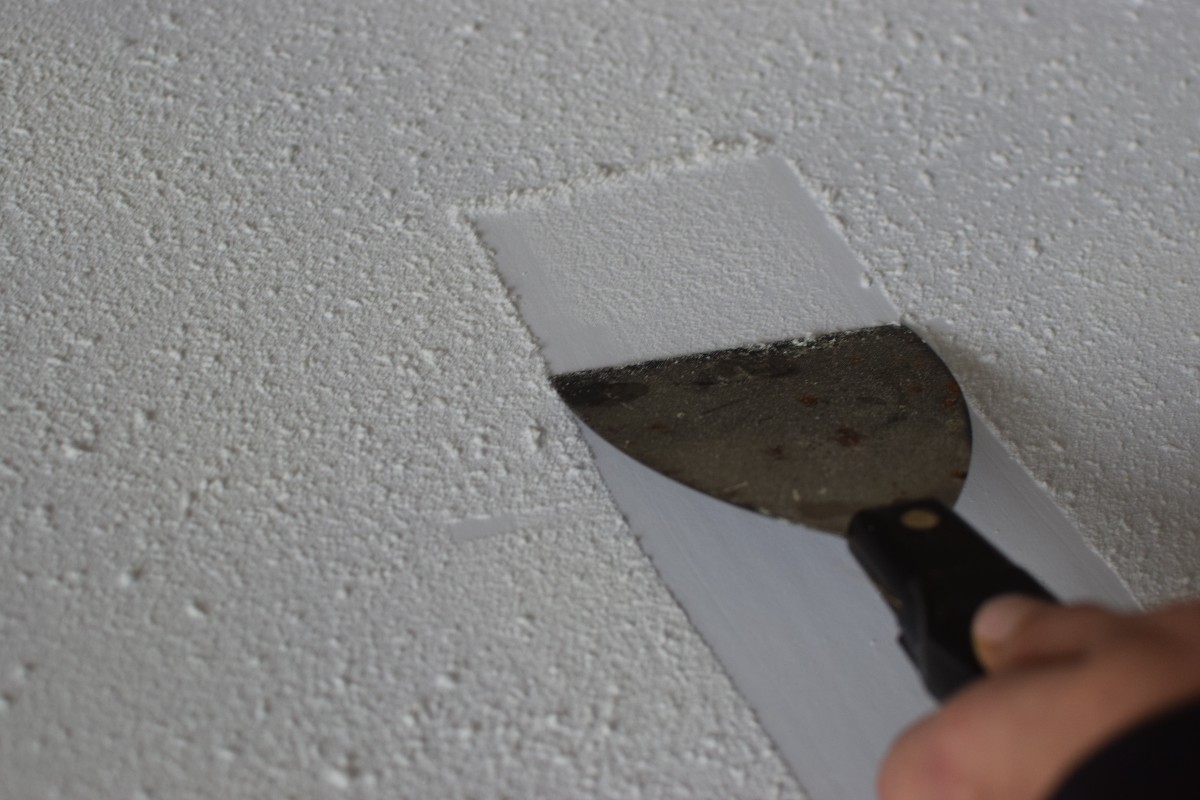Contents
When it comes to roofing, many homeowners are turning to metal roofs for their durability, energy efficiency, and sleek appearance. Installing a metal roof over existing shingles seems like a cost-effective and convenient option. It saves time, reduces labor costs, and avoids the hassle of tearing off the old shingles. But is it really a good idea?
While installing a metal roof over shingles can be a practical solution, there are some potential problems that homeowners should be aware of. Understanding these issues can help you make an informed decision and prepare for a successful installation. In this guide, we’ll explore common problems and solutions to help you get the most out of your metal roof investment.
Common Problems with Installing Metal Roof Over Shingles
1. Moisture Accumulation and Condensation
One of the biggest concerns when installing a metal roof over shingles is moisture build-up. If not properly managed, trapped moisture can lead to mold, rot, and damage to the roof structure. Metal roofs are less prone to leaks than traditional shingles, but when installed over existing layers, condensation can become an issue.
- Solution: To prevent moisture problems, ensure proper ventilation and use a quality underlayment between the metal roof and shingles. A well-designed ventilation system allows moisture to escape and reduces the risk of condensation.
2. Ventilation Challenges
Ventilation is critical when installing a metal roof over shingles. Without proper airflow, the space between the metal roof and the old shingles can trap heat and moisture, leading to roofing issues down the road. Poor ventilation can also affect your home’s energy efficiency and comfort.
- Solution: Install furring strips between the old shingles and the new metal roof to create an air gap. This setup allows for better airflow and helps maintain a consistent temperature under the metal roof. Additionally, make sure that the existing roof ventilation is adequate or consider adding ridge vents to improve airflow.
3. Underlayment Quality and Compatibility
The underlayment acts as a barrier between the metal roof and the shingles, preventing moisture and providing an extra layer of protection. However, not all underlayments are compatible with metal roofing over shingles. Using an inadequate underlayment can lead to reduced roof lifespan and structural issues.
- Solution: Choose a high-quality underlayment specifically designed for metal roofs. Synthetic underlayments are often preferred for their durability, moisture resistance, and compatibility with metal roofing systems.
4. Increased Weight on Roof Structure
Although metal roofs are generally lightweight, adding them over existing shingles can still increase the total weight. This added load can stress the structural integrity of your roof, especially if it wasn’t designed to support the extra weight.
- Solution: Consult a roofing professional to assess whether your home’s structure can handle the added weight. In most cases, residential buildings can support a metal roof over one layer of shingles, but it’s always best to get a professional evaluation to be sure.
5. Potential for Rust and Corrosion
Metal roofs are durable, but they can be prone to rust, especially if moisture gets trapped between the metal and the shingles. Over time, this can lead to corrosion, affecting the longevity of your roof.
- Solution: Choose high-quality, rust-resistant metal roofing materials. Galvanized steel, aluminum, or zinc-coated metal roofs offer excellent resistance to rust. Proper installation and regular maintenance can also help prevent corrosion.

Benefits of Metal Roof Over Shingles
Despite the potential problems, there are several advantages to installing a metal roof over shingles. When done correctly, this roofing option can provide long-term benefits and improve your home’s performance.
- Cost Savings: By installing a metal roof over shingles, you avoid the costs associated with removing the old roof. This can save you both time and money.
- Enhanced Durability: Metal roofs are highly durable and can last 40 to 70 years with proper maintenance. They can withstand harsh weather conditions, including wind, hail, and heavy snowfall.
- Energy Efficiency: Metal roofs reflect solar heat, which can help lower cooling costs during the summer. Combined with proper ventilation, they can also reduce the need for air conditioning.
- Low Maintenance: Compared to asphalt shingles, metal roofs require less maintenance. They are resistant to common roofing issues like cracking, shrinking, and erosion.
Key Considerations Before Installing Metal Roof Over Shingles
1. Building Codes and Regulations
Check local building codes to ensure that you’re allowed to install a metal roof over existing shingles. Some areas have specific requirements or restrictions for this type of installation, so it’s essential to comply with all regulations to avoid future issues.
2. Installation Method
You can install a metal roof directly over shingles or use furring strips to create an air gap. Both methods are viable, but using furring strips can improve ventilation and reduce moisture build-up.
3. Impact on Home Insurance and Warranty
Adding a metal roof over shingles may impact your home insurance policy or roof warranty. Some insurers or manufacturers may have specific requirements or exclusions for metal roofing installations. Consult with your insurance provider and review your roof warranty to understand any potential impacts.
Frequently Asked Questions
Can a metal roof be installed over multiple layers of shingles?
In most cases, it’s not recommended to install a metal roof over more than one layer of shingles due to weight and ventilation issues. It’s best to remove the extra layers before installation.
Is it necessary to use furring strips when installing a metal roof over shingles?
While not required, furring strips are highly recommended as they improve ventilation, prevent moisture build-up, and reduce heat transfer.
Will installing a metal roof over shingles void my warranty?
It depends on the roofing manufacturer and the terms of the warranty. Some warranties may be voided if a metal roof is installed over shingles, so check with your provider beforehand.
Can metal roofs over shingles help with energy savings?
Yes, metal roofs reflect solar heat, which can reduce cooling costs in the summer. Adding ventilation between the metal and shingles can further enhance energy efficiency.
How much does it cost to install a metal roof over shingles?
The cost varies depending on the materials used, roof size, and labor costs. On average, you can expect to pay between $7,000 and $15,000 for a metal roof over shingles, but costs may vary based on your location and specific needs.
Final Thoughts on Metal Roof Over Shingles
Installing a metal roof over shingles can be a cost-effective and durable solution for homeowners looking to upgrade their roofing. However, it’s important to be aware of potential issues such as moisture, ventilation, and weight concerns. By taking the necessary precautions and working with experienced professionals, you can enjoy the benefits of a metal roof without compromising your home’s integrity.
Consult with a roofing expert to assess your specific situation and make an informed decision. With proper installation and maintenance, a metal roof over shingles can provide a long-lasting, energy-efficient roofing solution for your home.
You May Also Read:
Luxury Living at Its Finest: Explore Lionard Luxury Real Estate in Italy





